





Motorcyclists
In many countries, motorcycles are a popular form of transport. Motorcycles are relatively cheap compared to other forms of motorised vehicles and provide mobility to millions of people worldwide.
However, unlike other forms of motorised transport, there is very little protection for motorcycle riders and passengers. When crashes do occur, they often have very severe consequences, especially at higher speeds or in situations where larger vehicles are involved. The chance of a motorcycle rider or passenger surviving a collision with a car is greatly reduced at speeds over 30 km/h.
Even in countries where motorcycles form only a small part of traffic, motorcycle casualties can form a significant part of the crash problem, and the risk of injury or death is many times greater for motorcyclists than for other forms of transport.
In many low and middle-income countries, lower-power motorcycles are a major means of transport and their requirements should be reflected in road design and traffic management measures. In high-income countries, motorcycling has is often been a more minor transport mode but using higher-powered motorcycles, also a significant leisure pursuit. However, use of lower-powered motorcycles is becoming increasingly common in high-income cities particularly for deliveries and the two groups of motorcyclists, on lower power and higher powered motorcycles, present very different risks and require different countermeasures to improve their safety.
Certain manoeuvres and road conditions carry a higher risk to motorcyclists than to drivers. For example, motorcycles are less stable, and so riders are more likely to lose control of their vehicle when cornering.
Motorcycles have very different road performance characteristics than other types of vehicles. Motorcyclists can accelerate much more rapidly than other vehicles. They may appear in positions where other road users do not expect them. Motorcycle riders may also suddenly change their lane position to avoid a pavement hazard.
The road environment has a significant influence on the risk of crashes involving motorcyclists. Contributing factors include:
- Interaction with larger vehicles (cars, trucks).
- Intersection designs that do not adequately cater for very high flows of motorcycles making turning movements
- Road surface issues (such as roughness, potholes or debris on the road).
- Water, oil or moisture on the road.
- Excessive linemarking or use of raised pavement markers.
- Poor road alignment.
- Presence of roadside hazards and safety barriers.
- Number of vehicles and other motorcyclists using the route.
Road design and safety engineering countermeasures aimed at the specific needs of motorcyclists is, in part, being addressed with guideline documents produced by motorcycle user and industry groups. Aimed at road engineers, such guidelines recognise that measures that can protect vehicle occupants from serious injury in the event of a crash may have a negative impact on motorcyclists. By far the most contentious area of debate in this field regards crash barriers. Typically, standard safety barriers are not tested for their impact on motorcyclists, but research suggests that the exposed vertical support posts are particularly aggressive, irrespective of the barriers’ other components. Secondary rails, such as the BikeGuard, BASYC or Moto Tub systems, that protect riders from the posts and present a continuous surface, and impact attenuators that cover the support posts themselves are being increasingly implemented.
Motorcycle safety can also be improved by
Case Studies
| Name | Cost rating | Effectiveness |
|---|---|---|
| Motor Vehicle Standards | – | – |
| Vehicle Roadworthiness | – | – |
| Name | Cost rating | Effectiveness |
|---|---|---|
| Addressing Alcohol and Other Drugs | – | – |
| Education | – | – |
| Emergency Response | – | – |
| Enforcement | – | – |
| Helmets and Protective Clothing | – | – |
| Licensing | – | – |
| Publicity | – | – |
| Safe Speed | – | – |
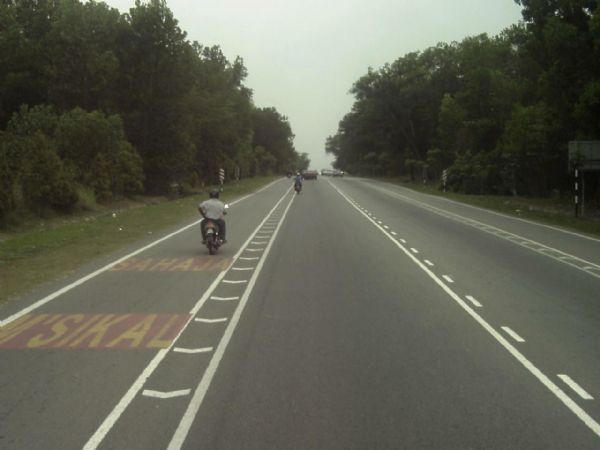 A non-exclusive motorcycle lane in Malaysia. Image credit: Rob McInerney
A non-exclusive motorcycle lane in Malaysia. Image credit: Rob McInerney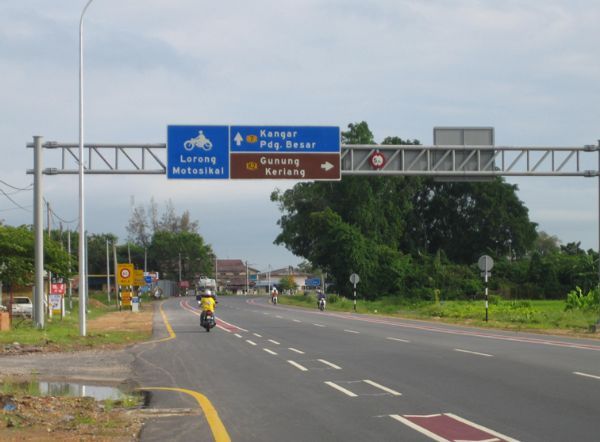 A non-exclusive motorcycle lane in Malaysia. Image credit: MIROS
A non-exclusive motorcycle lane in Malaysia. Image credit: MIROS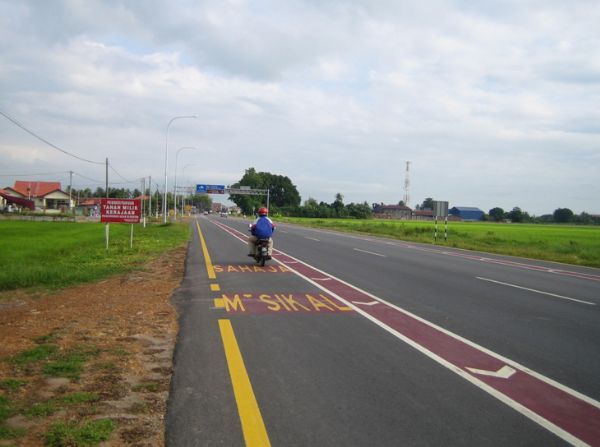 A non-exclusive motorcycle lane in Malaysia. Image credit: Malaysian Institute of Road Safety (MIROS)
A non-exclusive motorcycle lane in Malaysia. Image credit: Malaysian Institute of Road Safety (MIROS)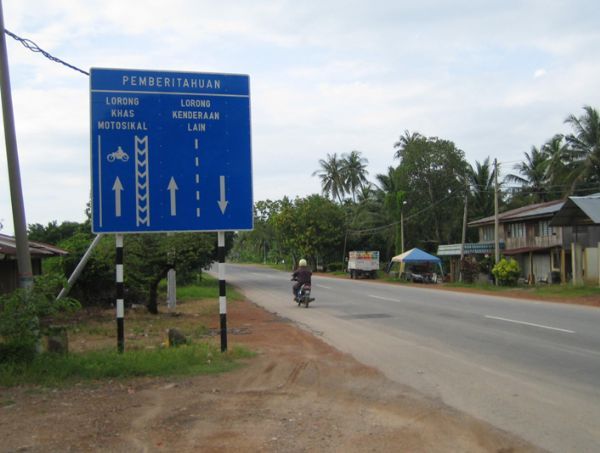 A non-exclusive motorcycle lane sign in Malaysia. Image credit: Malaysian Institute of Road Safety (MIROS)
A non-exclusive motorcycle lane sign in Malaysia. Image credit: Malaysian Institute of Road Safety (MIROS)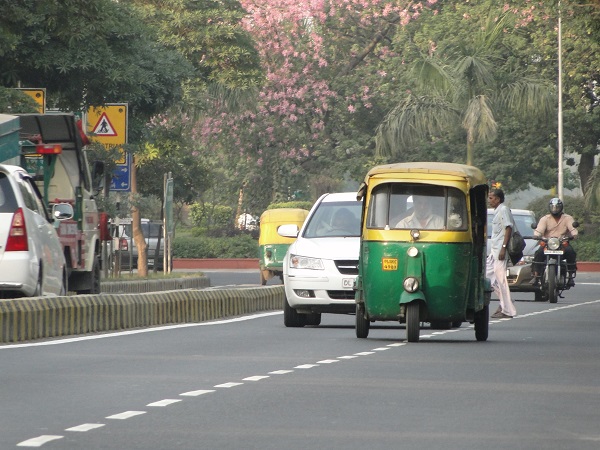 Auto rickshaw in India. Image credit: Greg Smith
Auto rickshaw in India. Image credit: Greg Smith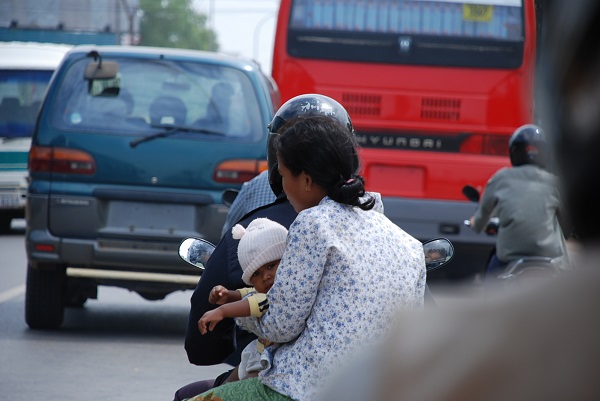 Child on a motorcycle in Cambodia. Image credit: Greg Smith
Child on a motorcycle in Cambodia. Image credit: Greg Smith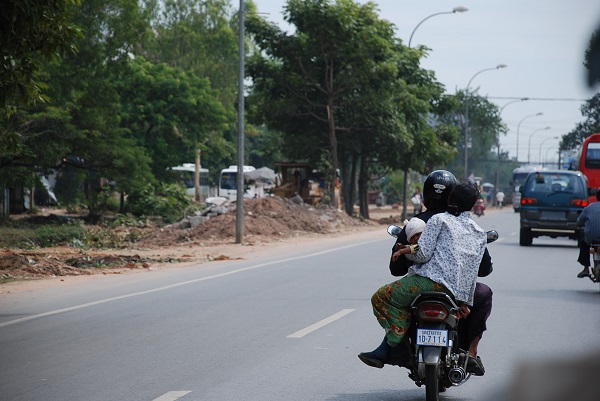 Child on a motorcycle in Cambodia. Image credit: Greg Smith
Child on a motorcycle in Cambodia. Image credit: Greg Smith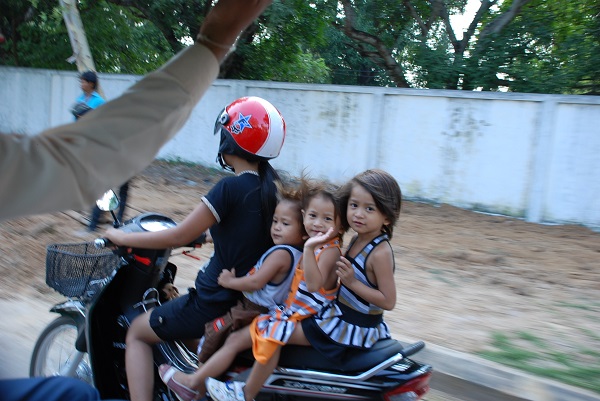 Children on a motorcycle in Cambodia. Image credit: Greg Smith
Children on a motorcycle in Cambodia. Image credit: Greg Smith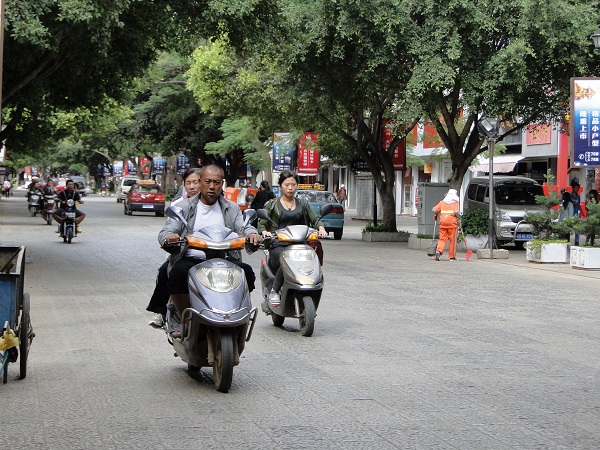 Cobble stone pavement for traffic calming in China. Image credit: Greg Smith
Cobble stone pavement for traffic calming in China. Image credit: Greg Smith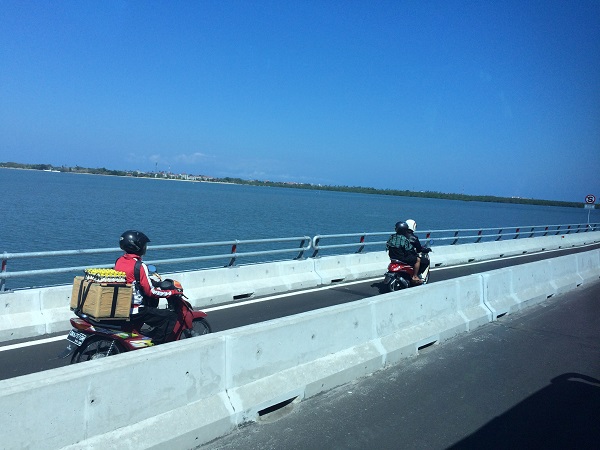 Exclusive motorcycle lane separated by concrete barrier. Image credit: Greg Smith
Exclusive motorcycle lane separated by concrete barrier. Image credit: Greg Smith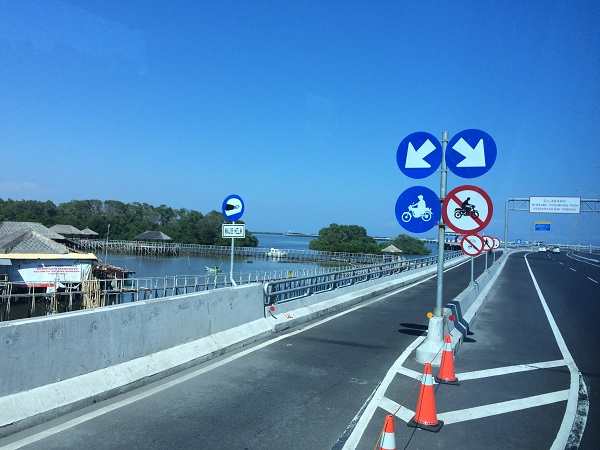 Exclusive motorcycle lane separated by concrete barrier. Image credit: Greg Smith
Exclusive motorcycle lane separated by concrete barrier. Image credit: Greg Smith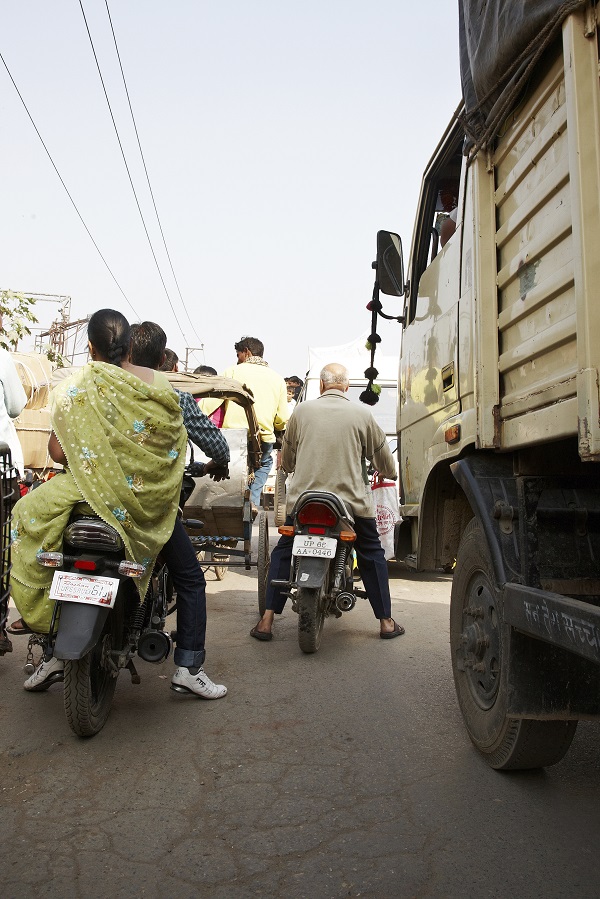 Motorcyclists in India. Image credit: iStock
Motorcyclists in India. Image credit: iStock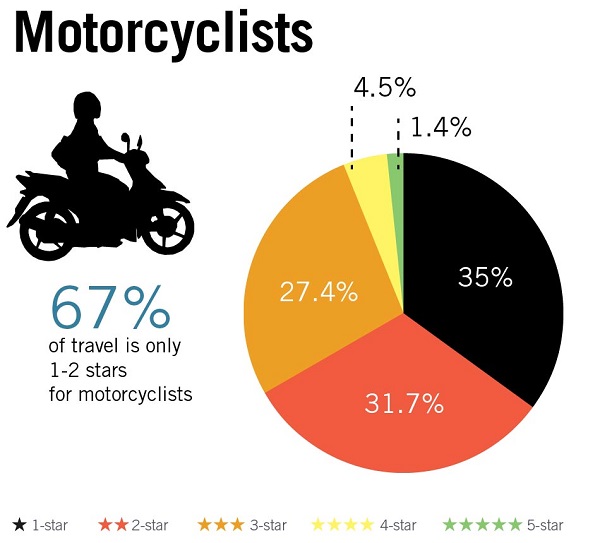 Motorcyclist Star Ratings by road user type based on a 358,000km sample of roads across 54 countries. Image credit: iRAP
Motorcyclist Star Ratings by road user type based on a 358,000km sample of roads across 54 countries. Image credit: iRAP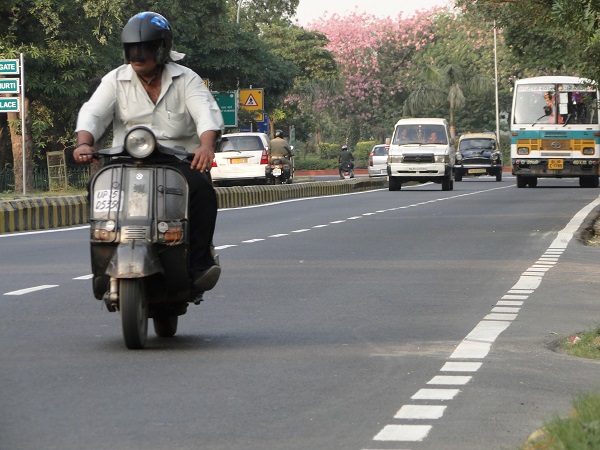 Motorcycle in India. Image credit: Greg Smith
Motorcycle in India. Image credit: Greg Smith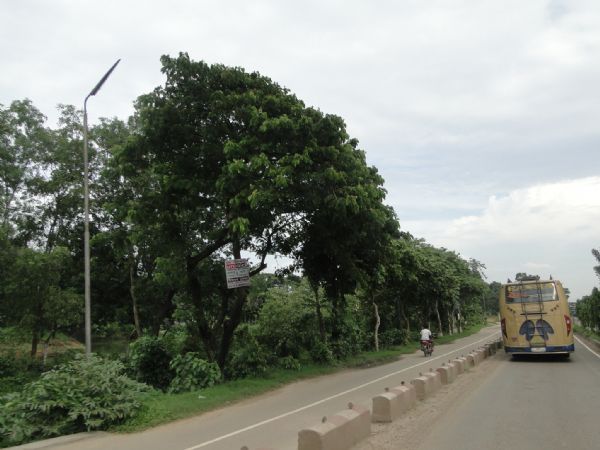 Motorcycle lane on the Mirpur-Paturia Road (N5), Bangladesh. Image credit: Greg Smith
Motorcycle lane on the Mirpur-Paturia Road (N5), Bangladesh. Image credit: Greg Smith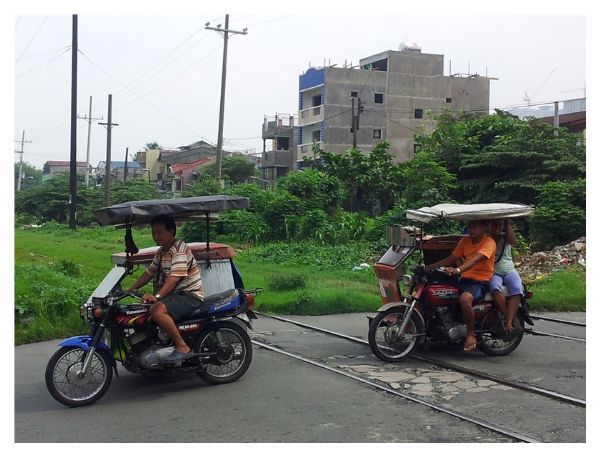 Motorcycle tricycles at a railway crossing in Manila Philippines. Image credit: Adam Ritzinger
Motorcycle tricycles at a railway crossing in Manila Philippines. Image credit: Adam Ritzinger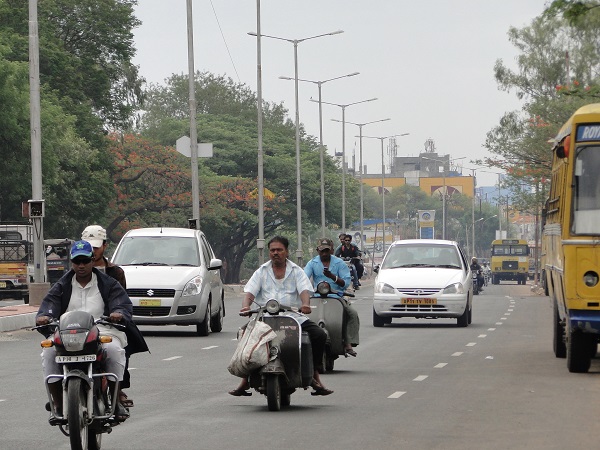 Motorcycles in India. Image credit: Greg Smith
Motorcycles in India. Image credit: Greg Smith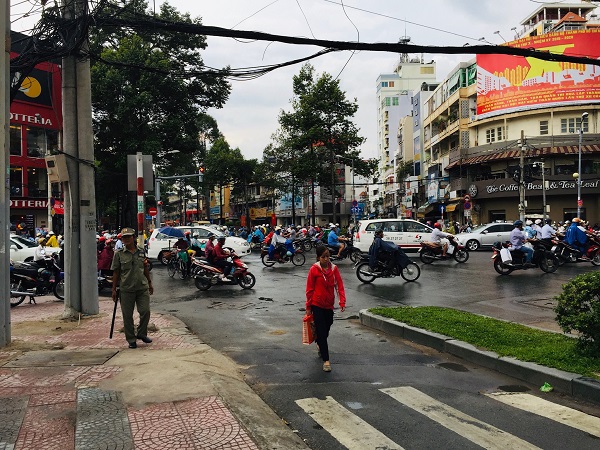 Motorcycles - Ho Chi Minh City, Vietnam. Image Credit: iRAP
Motorcycles - Ho Chi Minh City, Vietnam. Image Credit: iRAP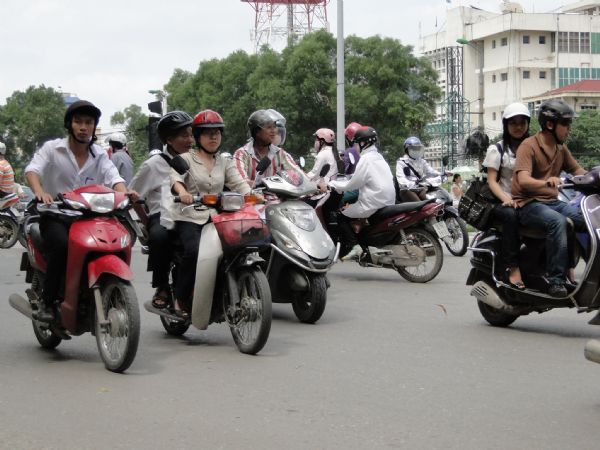 Motorcyclists in Ha Noi, Viet Nam. Image credit: Greg Smith
Motorcyclists in Ha Noi, Viet Nam. Image credit: Greg Smith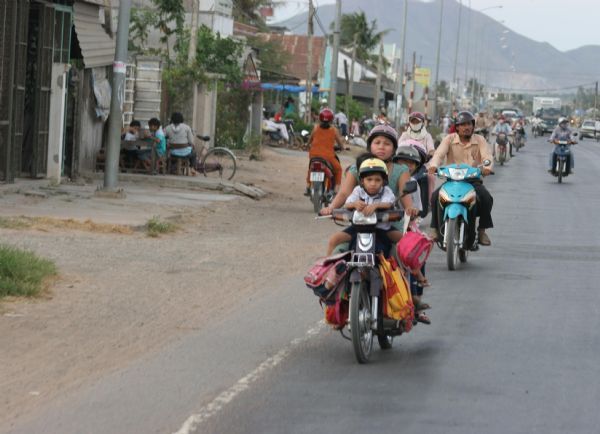 Motorcyclists in Viet Nam. Image credit: Cao Hoang Can, Vietnam Road Administration
Motorcyclists in Viet Nam. Image credit: Cao Hoang Can, Vietnam Road Administration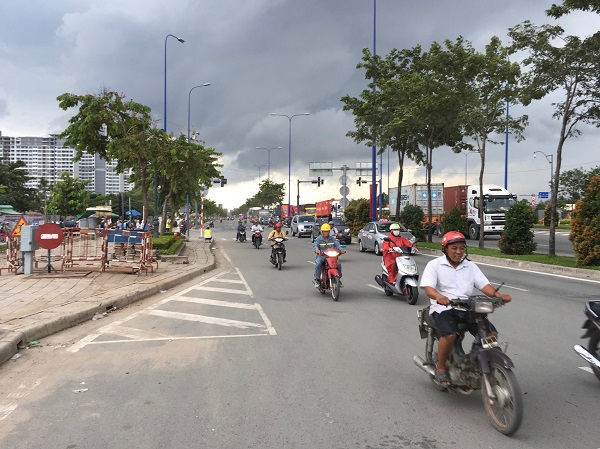 Motorcyclists in Vietnam. Image credit: Greg Smith
Motorcyclists in Vietnam. Image credit: Greg Smith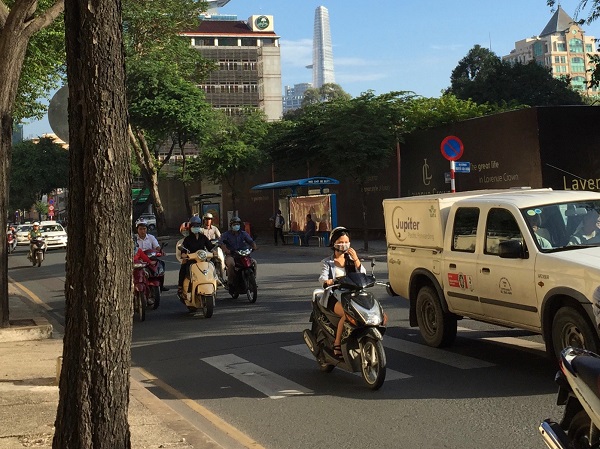 Motorcyclists in Ho Chi Minh City, Vietnam. Image Credit: iRAP
Motorcyclists in Ho Chi Minh City, Vietnam. Image Credit: iRAP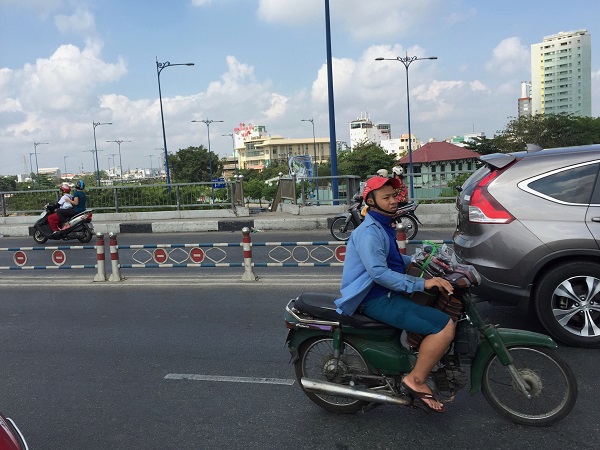 Motorcyclists - Ho Chi Minh City, Vietnam. Image Credit: iRAP
Motorcyclists - Ho Chi Minh City, Vietnam. Image Credit: iRAP








